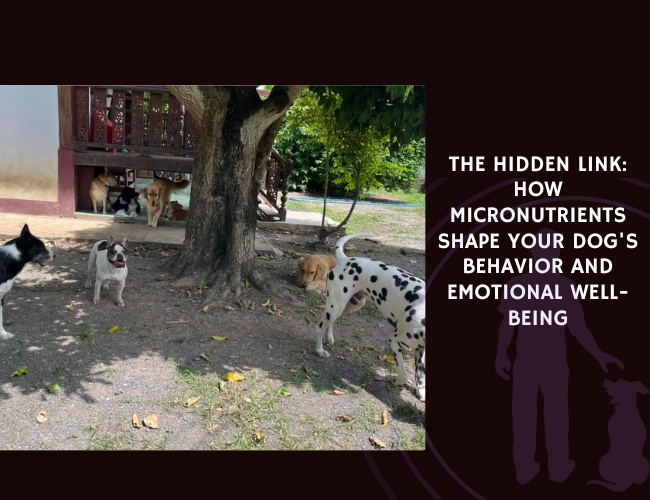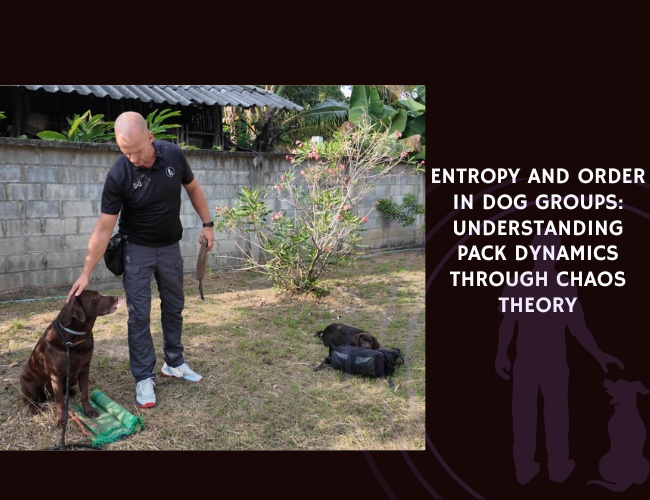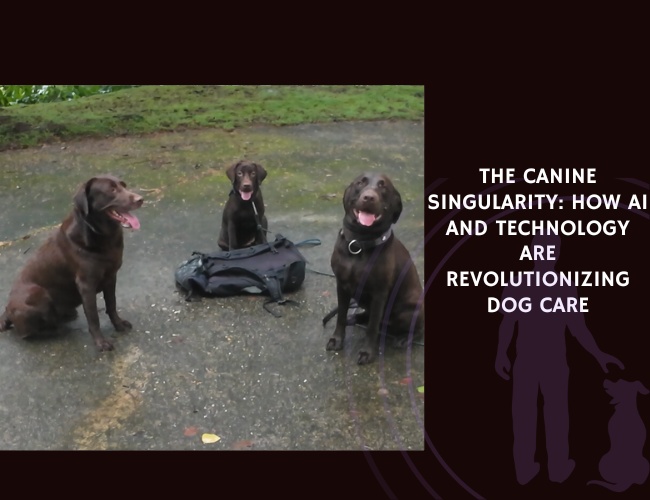Castro et al. (2020) conducted one of the first comprehensive studies directly comparing the welfare effects of aversive-based versus reward-based training in companion dogs. The researchers recruited 92 dogs from training schools using different proportions of aversive methods—categorized as Reward, Mixed, and Aversive groups.
During training, dogs in the Aversive group displayed significantly more stress-related behaviors such as lip-licking, yawning, and panting, and were observed in more frequent tense postures. Cortisol analysis confirmed elevated stress levels after training sessions in these dogs compared to those in the Reward group.
Importantly, the study also measured welfare beyond the training environment. Dogs trained with aversive methods were more ‘pessimistic’ in a cognitive bias test, suggesting a negative emotional impact that extended into daily life. Dogs in the Mixed group showed intermediate patterns, with elevated stress behaviors but less marked physiological differences.
The findings reinforce the welfare risks of aversive techniques, especially when used in high proportions, and emphasize the long-term benefits of positive reinforcement. Reward-based training not only avoids unnecessary stress but also supports better emotional stability and dog–owner relationships.
Source: Castro, A. C. V., Fuchs, D., Morello, G. M., Pastur, S., Sousa, L., & Olsson, I. A. S. (2020). Does training method matter? Evidence for the negative impact of aversive-based methods on companion dog welfare. PLoS ONE, 15. References: 60. Citations: 31.










